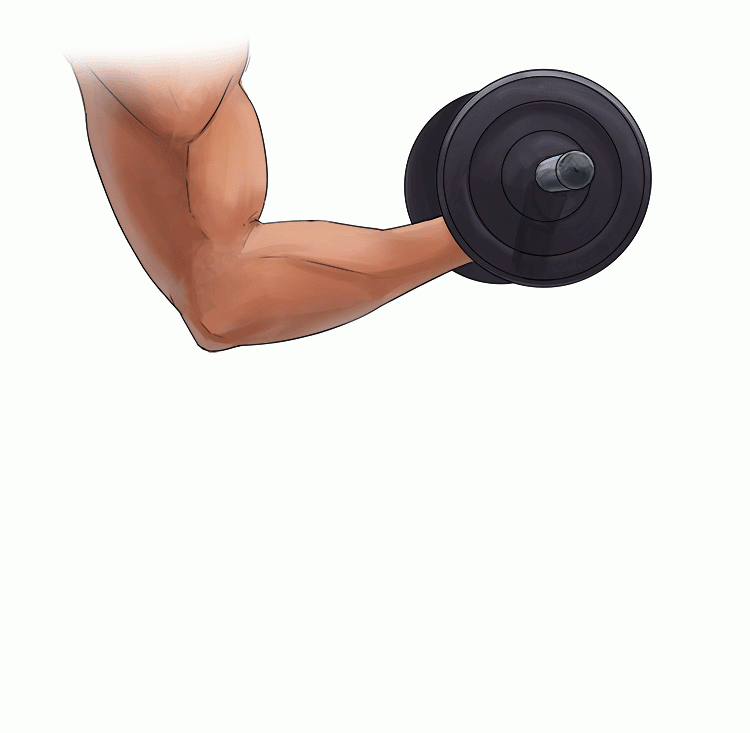Contractions are a common aspect of the English language, where two words are combined to form one shorter word by omitting one or more letters and replacing them with an apostrophe. This not only helps in simplifying the language but also makes it more conversational and easy to read. Understanding contractions can help improve your writing and speaking skills.
It is important to note that contractions are typically used in informal writing and speech, so it is essential to be mindful of the context in which you are using them. They can add a sense of familiarity and friendliness to your communication, making it more engaging for the reader or listener.
Examples of Contractions
1. “I’m” – This contraction stands for “I am.” It is commonly used in sentences like “I’m going to the store.”
2. “You’re” – This contraction stands for “you are.” It is often used in sentences like “You’re my best friend.”
3. “He’s” – This contraction stands for “he is.” It is frequently seen in sentences like “He’s coming to the party.”
4. “They’re” – This contraction stands for “they are.” It is used in sentences like “They’re going on vacation next week.”
5. “Can’t” – This contraction stands for “cannot.” It is commonly used in sentences like “I can’t believe it.”
By incorporating contractions into your writing and speech, you can make your communication more casual and engaging. However, it is essential to use them appropriately and be mindful of the context in which they are being used. Practice using contractions in your everyday language to become more comfortable with them and improve your fluency in English.
In conclusion, contractions are a valuable tool in the English language that can help make your writing and speech more natural and conversational. By understanding and using contractions effectively, you can enhance your communication skills and connect better with your audience. So, next time you’re writing or speaking, don’t hesitate to use contractions to make your language more dynamic and engaging.
